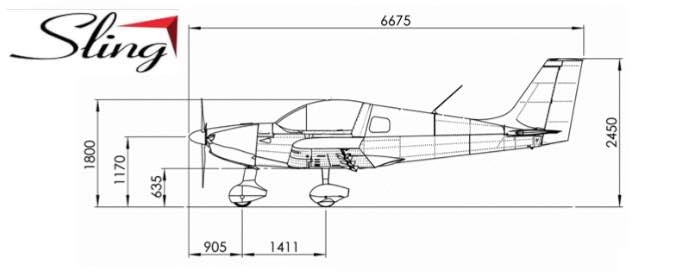Never underestimate the amount of procrastination required to get something done.
As usual, parts preparation takes most of the time. The fiberglass tip, as supplied in the kit, was a bit rough. There were quite a few voids and other imperfections in the layup. The trailing edge was too fat to fit nicely with the skin. Cutting and re-gluing with a bit of glass cloth and West 105 epoxy resolved that. The contour of the tip leading edge needed building up and shaping – requiring several passes. Epoxy takes hours to cure, so each step takes a day. Epoxy filler and wet-sandable primer attends similar time-sinking characteristics. Along the way, test fitting and match drilling of the mounting (rivet) holes was accomplished.
I didn’t really like the way the construction manual prescribed M4 rivnuts for the aluminum doubler that serves as the mounting base for the strobe. My concern is that rivnut installation might crush the fiberglass. I opted instead to make a new part that uses MK1000-06 anchor nuts and is riveted in place with AN426-3 solid flush rivets. Having the patience to eventually arrive at the decision to do this and then actually fabricating the mounting plate demanded all of the procrastination I could muster.
Copious foot-dragging precipitated the decisions about wiring and method of tip attachment. For some reason, I just didn’t want to shorten the (rather stiff) wire bundle of the Aveo Mini Max LED beacon. At the same time, I didn’t want the splice to be at or near the point where the wire exits through the bushing in the rib. A loop seemed the answer. And so it was. Final fitting of the tip to the rudder and pulling of the 3,2 x 8 mm rivets went well. I’d long struggled with the temptation of making the tip removable, à la Pascal Latten, by installing dozens of anchor plates, flush rivets and #4-40 screws, but my steadfast procrastination eventually paid off and the scales tipped in favor of just pulling rivets and being done with it.
